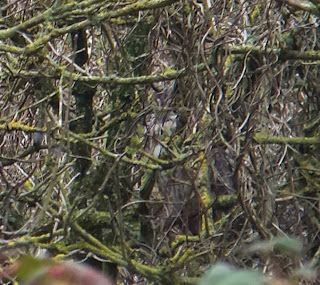Below are a few snaps of a few 'Plastic' Captive Wildfowl they keep there. In the captive area it's just like a zoo but for birds and it's interesting to see and photograph such rare species up close, but you have to remember they are still 'plastic' and try and draw yourself away from this section and back to the nature reserve itself. However it is still a great place to practice photography on relatively tame individuals. Obviously i know the Otters aren't Birds.
I don't remember the names of all the species, but here's a short list (in order); Asian Otter, Red-crested pochard, Chiloe wigeon, Chilean flamingo, Teal sp., Teal sp., Chiloe wigeon, Teal sp., Eider duck.
On the wild side on the marshes at Martin mere, there were plenty of Whooper swan still about, no doubt readying themselves for the big trip back to Iceland in the next couple days or so. Also lost of Pink footed geese and Pintail. Nothing out of the ordinary to report though.
 |
| Whooper swans |













































